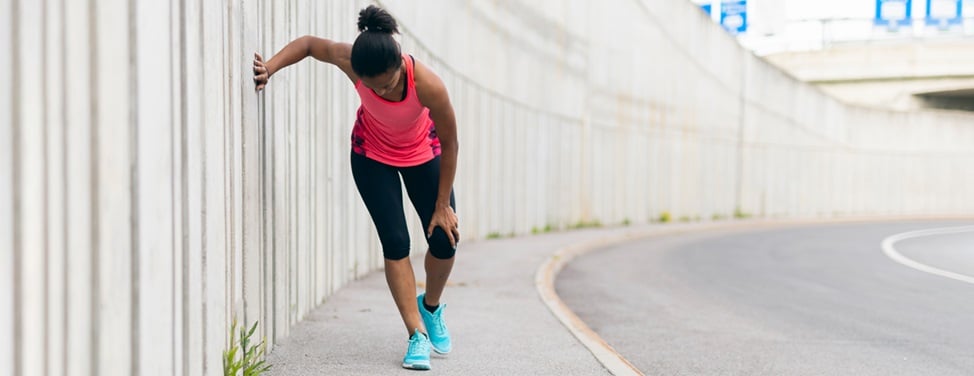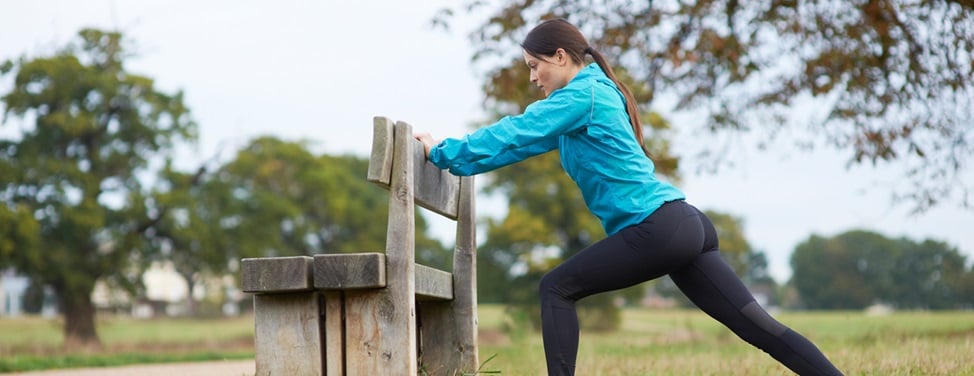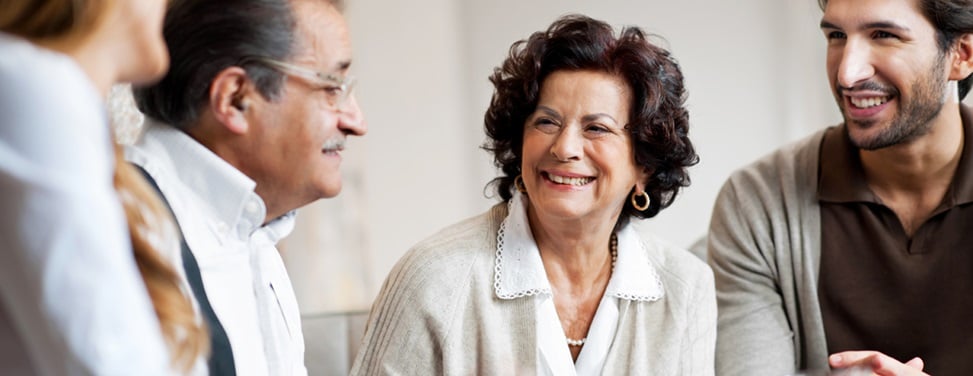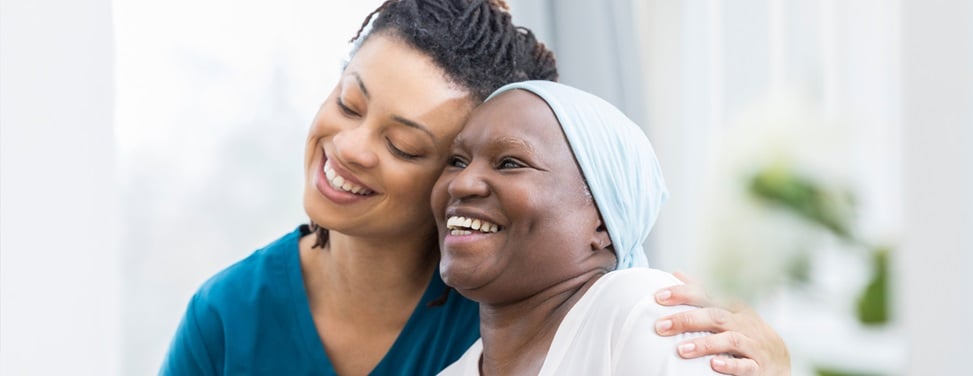LCL Tear

Overview
The lateral collateral ligament (LCL) is a thin band of connective tissue that runs along the outside of the knee. It connects the femur (thighbone) to the fibula (the more slender long bone of the calf). Similar to the medial collateral ligament (at the inside of the knee), the LCL works to stabilize the knee as it moves. LCL tears commonly result when a direct blow to the inside of the knee stretches the outer ligament until it tears. The tear may occur anywhere along the ligament – in the middle or at either end.
People often tear the LCL while playing a sport in which forceful collisions are common, such as football or hockey. The LCL and posterolateral corner (back and outside part of the knee) may also be injured in a car accident, fall or another event that impacts the area. It's important to know that an LCL tear usually occurs in conjunction with another knee injury.
Our approach to LCL tears
UCSF is committed to helping patients with LCL tears return to their highest possible level of activity, whether that means a daily walk or reporting for practice with the NFL. Our team includes orthopedic surgeons, primary care sports medicine doctors, physical therapists and athletic trainers. These specialists work together to tailor a treatment plan to each patient's needs and goals.
Awards & recognition
-
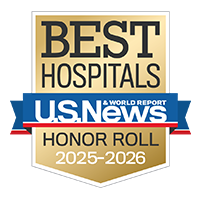
Among the top hospitals in the nation
-
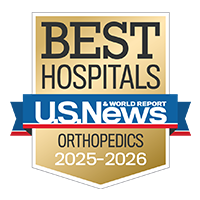
Best in Northern California and No. 6 in the nation for orthopedic care
Signs & symptoms
The most common symptoms of an LCL tear are pain, stiffness, swelling and tenderness along the outer side of the knee. Your knee may also feel loose, as though it will give way under stress. More severe tears can cause numbness or weakness in the foot; this occurs if the peroneal nerve (located near the LCL) is stretched at the time of injury or squeezed by subsequent swelling of the surrounding tissues.
Diagnosis
The first step is a physical exam. Your doctor will check the outside of the knee for pain or tenderness, then apply pressure to the area while your leg is both bent and straight, which can indicate the severity of your injury.
Sometimes the immediate pain and swelling make it difficult to gauge severity. In this case, you may be asked to wear a light brace and to ice and elevate your knee until the swelling goes down.
Your doctor may also order the following tests:
- X-rays. These can reveal a fracture of the fibula or other bones, such as the femur and tibia (larger long bone of the calf).
- Magnetic resonance imaging (MRI). This test assesses the severity of LCL injuries with more than 90 percent accuracy. It's often used to confirm the ligament injury diagnosis and to check for injuries to cartilage or other knee ligaments.
Treatments
Treatment depends on the extent of injury. Severe LCL tears, which often happen along with other knee damage, may require surgery, followed by physical therapy. Less severe injuries usually respond to physical therapy alone. We offer the full range of physical therapies, including exercise regimens, functional activities and neuromuscular reeducation (techniques that train the area to move normally again). Our specialists guide each patient through a personalized program designed to facilitate healing, recover function and improve physical performance.
Although severe injuries often require surgery, lesser damage usually responds well to nonsurgical treatment. Recovery time depends on the injury's severity.
Rehabilitation for an LCL tear consists of:
- A period of rest
- Bracing
- Physical therapy
Once pain and swelling have subsided, you should be able to begin exercises to restore strength and normal range of motion.
If your torn LCL doesn't heal sufficiently, you may experience instability in the joint, making it susceptible to reinjury. Surgery to treat a torn LCL usually calls for general anesthesia and takes one to two hours, though it may take longer if other knee injuries – such as a tear of the anterior cruciate ligament – also require surgical treatment. The surgeon makes an incision on the outside of the knee to gain access to the torn ligament. In some cases, the ligament is reattached to the bone with sutures, screws or other devices. In other cases, the ligament is reconstructed with a tendon from either the patient's other knee or a cadaver knee.
After surgery, patients work closely with a physical therapist on regaining motion and strength. One to two weeks after surgery, you'll see the doctor again for a physical exam, removal of sutures and X-rays. You'll generally be using crutches and a knee brace for six weeks after surgery. Rehabilitation plans vary according to the specific injury and surgical procedure, though a full return to sports is generally achieved nine to 12 months after surgery.
Frequently asked questions
- When should I start physical therapy after surgery?
You should start as soon as possible, generally within one to two weeks after surgery. You may be able to start your program right after the first post-op appointment
- How long will I be on crutches?
You'll most likely use crutches for six to eight weeks after surgery. The time period depends on whether other structures in your knee needed repair
- I've heard about cold pack devices that provide pain relief. Are they effective?
You can use a number of icing methods, such as placing a regular ice pack or a package of frozen vegetables over your knee bandages. Cold therapy units, which work by recirculating ice water through a pad over your knee, are convenient and effective. You can buy one online, at a medical supply store or in one of the UCSF orthotics and prosthetics centers.
- Will I have stitches?
You'll have stitches along the outer side of your knee. They will be covered by a bandage and removed at your first post-op appointment.
- When will I have a follow-up appointment?
You'll see your doctor about a week after surgery for an exam, X-rays and removal of the stitches.
- When can I shower after surgery?
You should keep the dressing on and knee dry until your first post-op visit; you'll likely be cleared to shower then. But don't submerge your knee in a bathtub until three to four weeks after your surgery.
- When can I return to school or work?
Most patients are ready to return to school or desk work five to seven days after surgery. If you're able to work from home, your initial recovery will be easier. If you have a physically demanding job, you may need more time for a safe recovery and medical clearance before returning to work.
- When can I drive after LCL surgery?
That depends on which leg had surgery. If it was your left knee and you have an automatic car, you can drive once you're no longer taking narcotic pain medication and feel capable of driving safely. If you had surgery on your right knee, you'll need to wait three to six weeks, based on discussion with your surgeon.
UCSF Health medical specialists have reviewed this information. It is for educational purposes only and is not intended to replace the advice of your doctor or other health care provider. We encourage you to discuss any questions or concerns you may have with your provider.






